One of Ford Motor Company’s highest-ranking female executive is retiring after 35 years in the business. Cischke, Group Vice President for Sustainability, Environment and Safety, tells Sheila Langan about her love of Ireland, career highlights, and the intuitive cars of the future.
There is one particular conversation that Sue Cischke recalls from when, engineering degree in hand, she had just started in the auto industry 35 years ago. “The chief engineer I was working with said to me ‘someday we’ll have women plant managers.’ And I said, ‘yes that’s great.’ And he says ‘They’ll be in charge of the trim plant ‘cause they’ll know whether the seams are straight or not.” I just wanted to smack him!” she fumed. “But we’ve come a long way since then, that’s for sure.”
Cischke herself is proof of that. Long one of the highest-ranking female executives in the field, she has led a distinguished career, ushering in important safety features and advocating industry-changing environmental standards. As the top environmental and safety officer since 2001, she worked to develop Ford’s impressive Blueprint for Sustainability, and worked with Congress and the White House to create a national standard for fuel efficiency across the industry, to be fully implemented from 2017 – 2025.
As she spoke via phone from her office in Ford’s Dearborn headquarters on one of her last days there, Cischke’s passion for her job and her Irish roots was very clear.
Her Irish grandparents, Marcella Clancy and Martin McInerney, grew up just five miles away from each other in Clare. They both came to America in 1921 on the same ship, the RMS Cedric, but didn’t end up meeting until 1926, at an Irish dance in Detroit. They shared with Cischke many stories of what it was like to be an immigrant at that time. “My grandfather came over with a lot of his buddies and it’s amazing, the stories he would tell. You had to have a certain amount in order to be let into the country, and they didn’t have enough, so all the guys pooled their money, gave it to the first guy, and then found a way to sneak it back down the line,” she said. When her grandmother first arrived, she took the train all the way from New York to Michigan, where she worked in Grosse Point – interestingly enough, in the home of the Dodge family.
Cischke first went to Ireland in 1983 to visit her remaining family there. She fondly recalled how difficult it was to find Cree, the small town in Co. Clare where her great-aunt Joan Clancy was still living. Her grandmother had emigrated when her sister was only three, so they barely knew each other. Cischke brought with her a tape containing a recorded message from her grandmother, and made one with her great-aunt to bring back. On that first trip, she saw the house where her grandmother had grown up, the building where her grandfather went to school, and many other important ancestral landmarks.
After returning to the U.S., she made a map with all of the key places she visited so that the rest of her family would know their way around when they took their own trips. One of her cousins was so inspired that she brought her son to Cree to make his first communion in the church where their grandfather had been baptized.
Cischke has been back to Ireland twice since then, most recently in 2002. She brought her siblings, nieces and nephews with her the last two times so that they could see exactly why her first trip was so wonderful. She plans to return again post-retirement, but first she’s going to spend some time with her family in Florida. Later on, she hopes to urge young girls to consider math and science. “I think engineering is just a great career. If they don’t have the early math and science classes, it kind of leaves it off the table as an option, so I’d like to encourage them,” she said.
And what does she see for the cars of the not-too-distant future? “We’ll have really great safety features. No flying cars yet, but cars are going to be talking to the other cars with wi-fi transmission and using sight radar so that they can see around corners, avoid accidents, handle congestion and help people re-route to different areas to prevent traffic jams.” The flying cars can wait. What Cischke has set in motion sounds far more important.
Photos from Cischke’s trips to Ireland:

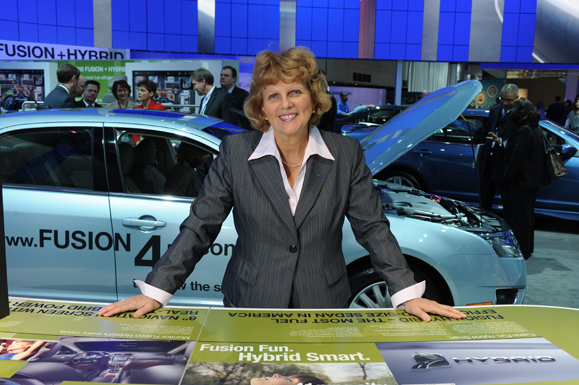
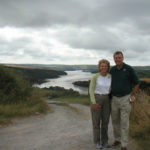
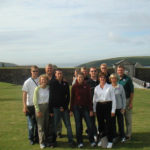
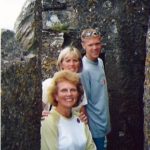


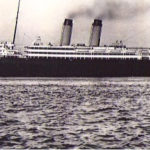
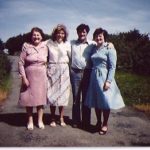

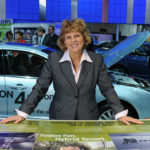
Leave a Reply